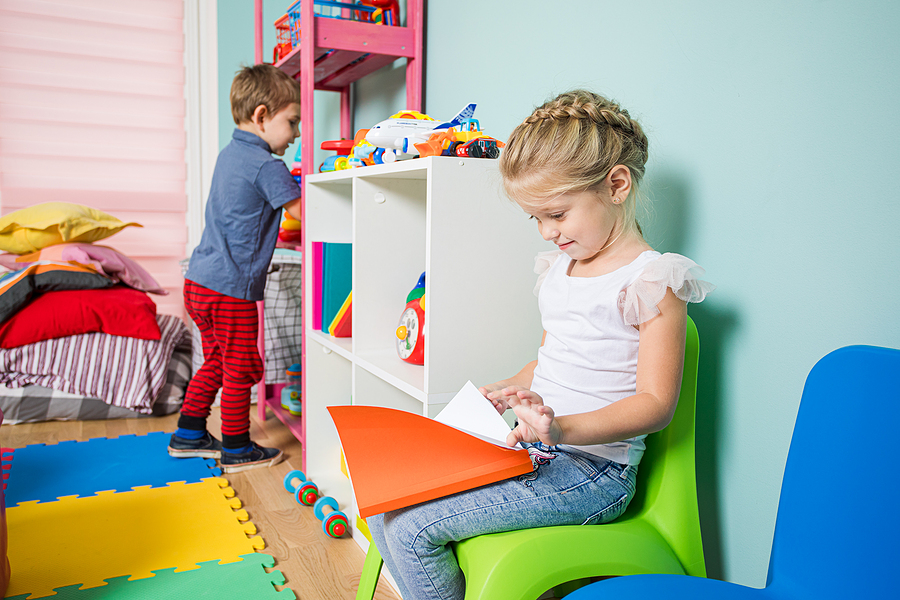Creating a Stimulating Learning Environment: Designing Engaging Spaces in Early Childhood Education
Posted On August 8,2023
Early childhood education is critical to the development of children. As an early childhood educator, this means that you’ll want to help foster an interest in learning by designing an engaging space to help stimulate learning in young minds.
One of the most important elements in creating a stimulating learning environment is to consider how children learn. A well-designed space should not only be visually appealing, but also have components that actively encourage exploration and discovery. With that in mind, the following are a few essential tips for designing a stimulating learning environment for children in early childhood education.
Focus on Open Spaces
Young children learn best when they are given the opportunity to explore and interact with their environment. Therefore, it’s important to design a space that is open and encourages socializing and collaboration between peers. This could mean creating an open floor plan with furniture arranged around a central meeting area or providing areas with ample open space to let kids roam and explore freely.
Additionally, elements such as colorful rugs, brightly colored walls, and interesting artwork can help create a stimulating atmosphere that encourages exploration and interaction.

Make Sure The Space is Comfortable
If young children are uncomfortable, they won’t be able to learn effectively. Consider creating a space that is comfortable and inviting. For example, provide a well-lit space with furniture designed to be comfortable for children.
Additionally, choosing soft colors for walls and floors can help create a calming atmosphere. Lastly, incorporating natural elements such as plants or even a fish tank can also help create an inviting place to be.
Incorporate Different Learning Styles
When designing learning environments for children, it is important to consider the different ways in which children learn best. Incorporating different learning styles into the design of the space can help foster creativity and exploration.
For example, providing different areas for individual work, group projects, and hands-on activities will create an environment that can be tailored to each child’s learning style.
Create a Space For Privacy
Just like adults, children will need some time during the day to be alone and have some privacy. Incorporating little nooks like reading corners in a classroom can provide a quiet area for children to take a break from activities. Providing an easily accessible storage area with books, games, and other quiet activities can also encourage children to take time out of their day for themselves.
Encourage Exploration
Young children learn best when they are able to explore and discover things on their own. Incorporating elements such as puzzles, blocks, and other hands-on activities can help foster exploration and discovery.
Introducing a variety of materials into the space – such as different fabrics, paper, wood, and foam– will give children the opportunity to experiment with different mediums and create their own unique projects.
Incorporate Storage and Display Areas
Adding storage and display areas in the classroom helps create an organized space that invites exploration. Providing open shelves and cubbies to store different materials encourages children to explore without fear of making a mess. Additionally, displaying artwork or projects can be helpful in fostering pride in their work and encouraging more creativity.
Label Everything
Labeling the different areas of the classroom with words as well as images can help children learn new vocabulary while also helping them identify specific areas for different activities. Labeling the materials used in various projects can help children become familiar with the names of basic everyday items as well.
Creating a stimulating learning environment doesn’t have to be complicated or expensive – with just a few simple tips and modifications, you can create an engaging and inspiring space for young minds to explore. If you’re planning to pursue a career in early childhood education, contact us at Athena Career Academy to find out how you can enroll in our early childhood education program.